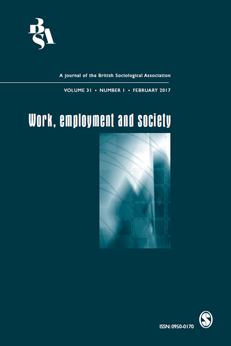Overview
This project was concerned with the impact on workers, their families and neighbourhoods of the closure of the Anglesey Aluminium (AA) smelter in September 2009, formerly one of the major employers in the Holyhead area. Previous studies of the impact of factory closure on local communities have focused on the individual impacts of redundancy as a “critical life event” (Gardiner et al 2009) and changes to the local economy. Chapain and Murie (2008) have argued for a more holistic and longitudinal approach. The Anglesey closure provided an opportunity to extend the analysis of community resilience and labour market change.
The project incorporated the spatial dimension of individual transitions from employment to unemployment and back to employment, self employment or business start-up; the time dimension, as transitions become more complex and sometimes prolonged; opportunities available through the global strategies of multi-national firms; and the role of trade unions.
The project combined some secondary analysis of data concerning the regional economic environment and social inequalities with qualitative data derived from biographical narrative interviews with ex-employees at Anglesey Aluminium and semi-structured interviews with other stakeholders.
Research Questions
- What does the available quantitative data provide in terms of ‘setting the scene’ and description of the economic and social impacts of the closure?
- How have individuals responded to redundancy as a ‘critical life event’- and how is this integrated into their biographical narratives?
- How localized or spread are the individual responses to redundancy?
- Do narratives of transition reflect or diverge from previous models of adjustment through redundancy?
- What role has the trade union played pre- and post-closure?
- What do key stakeholders identify as being the key impacts of closure and what are their perspectives on this (including strategic response)?





